Description
While concealed cisterns are often associated with being made from various materials such as plastic or metal, PVC (Polyvinyl Chloride) is a common material used in the construction of cisterns, including concealed ones. PVC cisterns offer several advantages:
Corrosion Resistance: PVC is highly resistant to corrosion, making it a durable choice for cisterns. This is particularly important in the context of water storage and plumbing, where exposure to moisture is common.
Lightweight: PVC is a lightweight material, making it easier to handle during transportation, installation, and maintenance. This can be beneficial in construction and plumbing projects where ease of handling is a consideration.
Chemical Resistance: PVC is resistant to a wide range of chemicals, which is important in plumbing applications where the cistern may come into contact with various substances.
Cost-Effective: PVC is often more cost-effective than some alternative materials. This can be advantageous in projects where cost considerations are crucial.
Easy Installation: PVC cisterns are typically easy to install due to their lightweight nature. They are also compatible with a variety of plumbing systems.
Low Maintenance: PVC cisterns generally require minimal maintenance. They are resistant to rust and corrosion, reducing the likelihood of deterioration over time.
Versatility: PVC can be molded into various shapes and sizes, allowing for design flexibility. This is advantageous in creating concealed cisterns that fit specific space requirements.
When considering a PVC cistern, it’s important to ensure that the material meets relevant quality and safety standards. Additionally, the installation should be carried out by a qualified professional to ensure proper functionality and compliance with plumbing regulations.
It’s worth noting that while PVC is widely used, there are also other materials, such as high-density polyethylene (HDPE) or fiberglass, used in the construction of cisterns. The choice of material often depends on factors such as cost, durability, and specific project requirements.
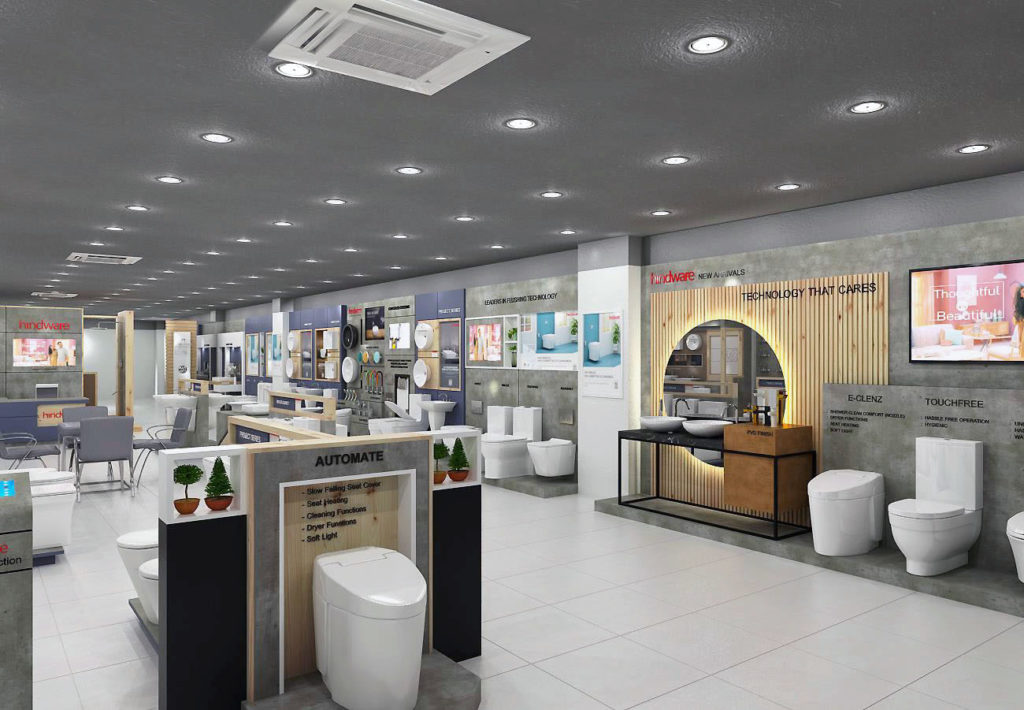
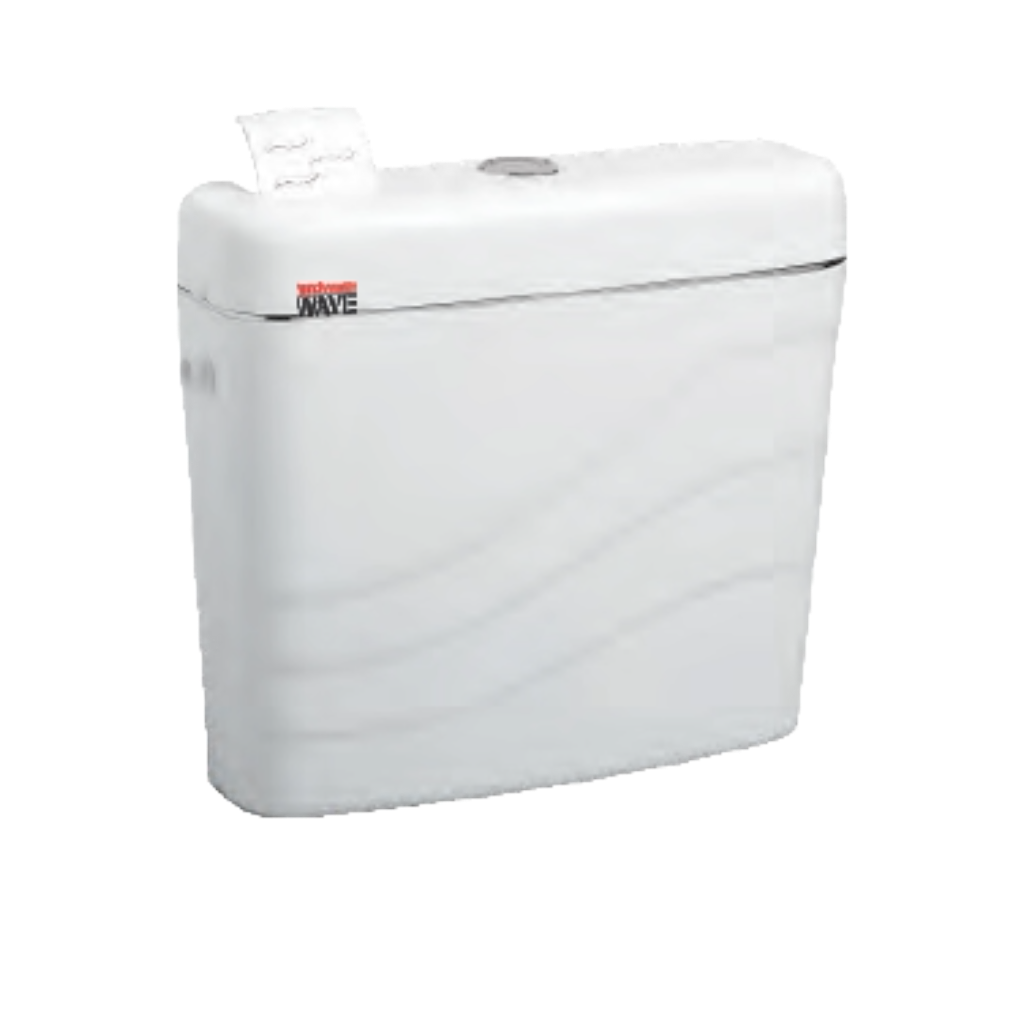

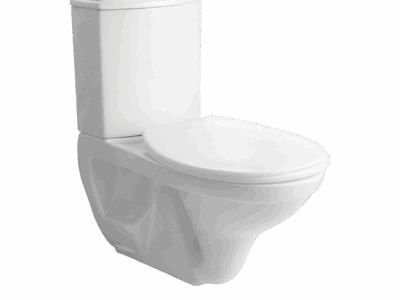
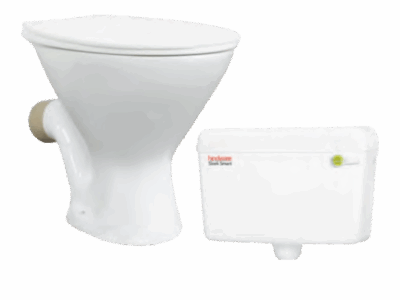
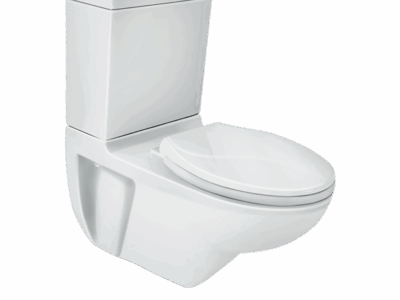
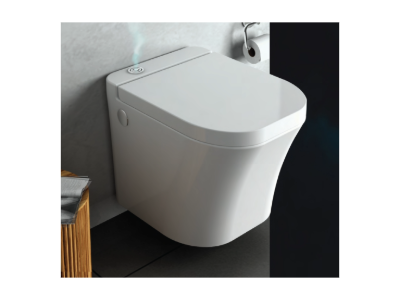
Reviews
There are no reviews yet.